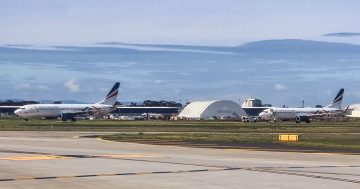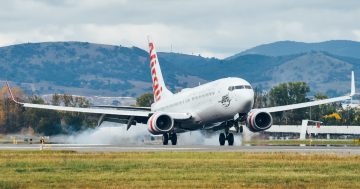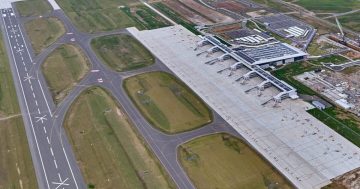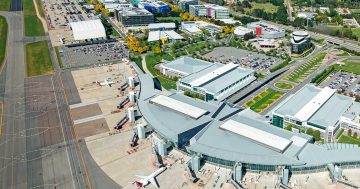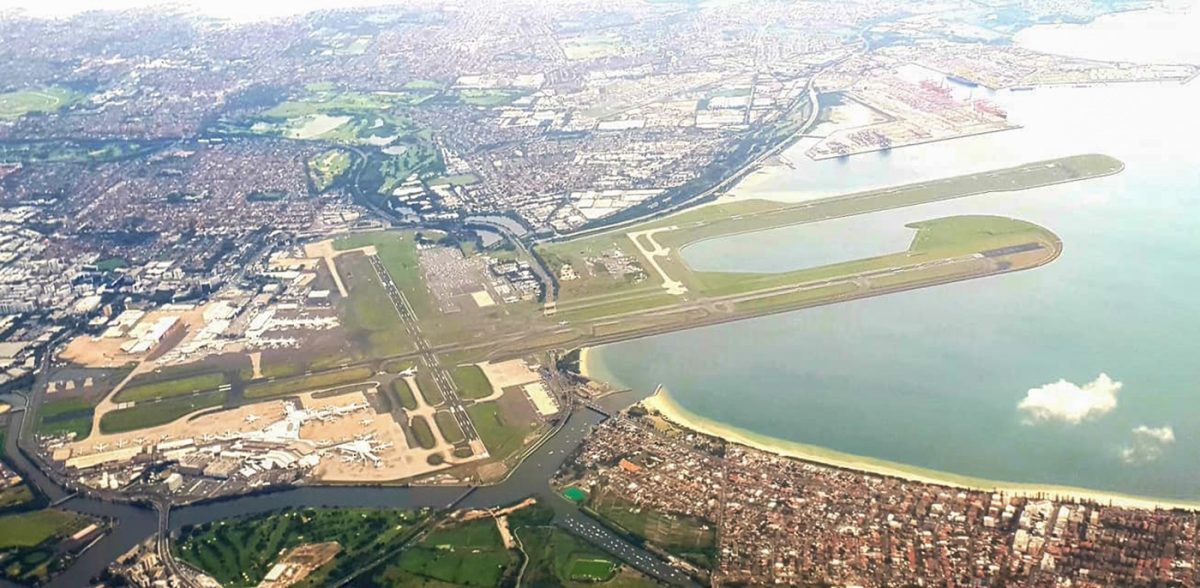
Sydney’s archaic movement cap and curfew were implemented to appease local residents when the third runway was built in the early 1990s. Photo: Andrew McLaughlin.
More flexibility for Sydney Airport’s highly restrictive hourly movement cap and greater access to movement slots are on the cards following a Federal Government package of reforms of the facility’s demand management scheme.
The reforms are based on an independent review of the airport’s systems, prepared by Peter Harris and released back in 2021, and will be rolled into the government’s Aviation White Paper due out later this year.
The reform package is aimed at improving the efficiency of the airport, which, since the ”third runway” was built out into Botany Bay in 1994, has been hamstrung by caps of 80 aircraft takeoff and landings an hour, and a strict passenger aircraft curfew between 11 pm and 6 am.
With the introduction to Australian skies in the past decade of much quieter and more fuel-efficient airliners such as the Airbus A350, A330NEO and A320NEO, and Boeing’s 787, 747-8 and 737MAX, these outdated restrictions need to be addressed.
But while the government is quick to point out that it will not make any permanent changes to the existing curfew arrangements or movement caps, it says it will update the demand management system.
This means it will increase transparency about how these landing and takeoff slots are allocated. It says airlines will be required to provide regular information on how they use slots, such as reasons for cancellations or major delays, and this monitoring information will be published regularly.
This is designed to alleviate the common practice of ”slot hoarding”, whereby airlines will apply for X number of takeoff and landing times without yet having sufficient aircraft, crews or passengers to fill them, to keep competitors out. It will then cancel flights allocated to these slots knowing it could never operate those services, and consolidate passengers into earlier or later flights.
So long as the airline operates services on 80 per cent of those slots over a given period, it is allowed to keep all of them.
The government says independent audits of slot usage will be undertaken to better detect and crack down on anti-competitive behaviour, and the results will be published so passengers can have better information about airline performance.
It says the first audit will be carried out this year, and that any misuse of slots will be uncovered and acted upon as soon as possible.
It also says the compliance regimen will be updated to include penalties that address anti‑competitive behaviour, along with updated and strengthened enforcement tools for the government to monitor airlines more closely and take legal action where necessary.
Currently, unused slots during the 6 am to 7 am and 3 pm to 5 pm periods will be made available to regional services, which had previously been restricted from operating during these times due to being slower and potentially holding up larger and faster aircraft.
One temporary adjustment to the movement cap may be made in certain circumstances. Reforms will be introduced to increase the resilience of the airport and its wider network by introducing a ”recovery period”.
The release says the recovery period will be strictly controlled, and will be implemented after severe weather events or other major disruptions to temporarily allow up to 85 movements an hour for a maximum of two hours on the same day after the disruption.
While 10 additional movements doesn’t seem like much – and in the scheme of things, it’s not – it will make a difference to the up to 3000 passengers those flights might be carrying.
Sydney Airport CEO Scott Charlton thanked Transport Minister Catherine King and the Federal Government for staying the course on the Harris Review and bringing forward the improvements.
“These changes will promote competition and efficiency by ensuring landing slots are used as they are intended,” Mr Charlton said. “Importantly, the more than 40 million passengers that come through Sydney Airport annually also stand to benefit from these reforms.
“Sydney Airport is the biggest hub in Australia’s aviation network, so when we get disrupted, the whole system is severely impacted.
“Every year we have examples of where a two-hour weather disruption leads to dozens if not hundreds of domestic cancellations, and the impacts are still being felt days later.
“In the future, with a recovery mechanism, hopefully it won’t be necessary for the airlines to cancel these flights, which is a great outcome for passengers and a great outcome for the efficiency and resilience of Sydney Airport overall.”


